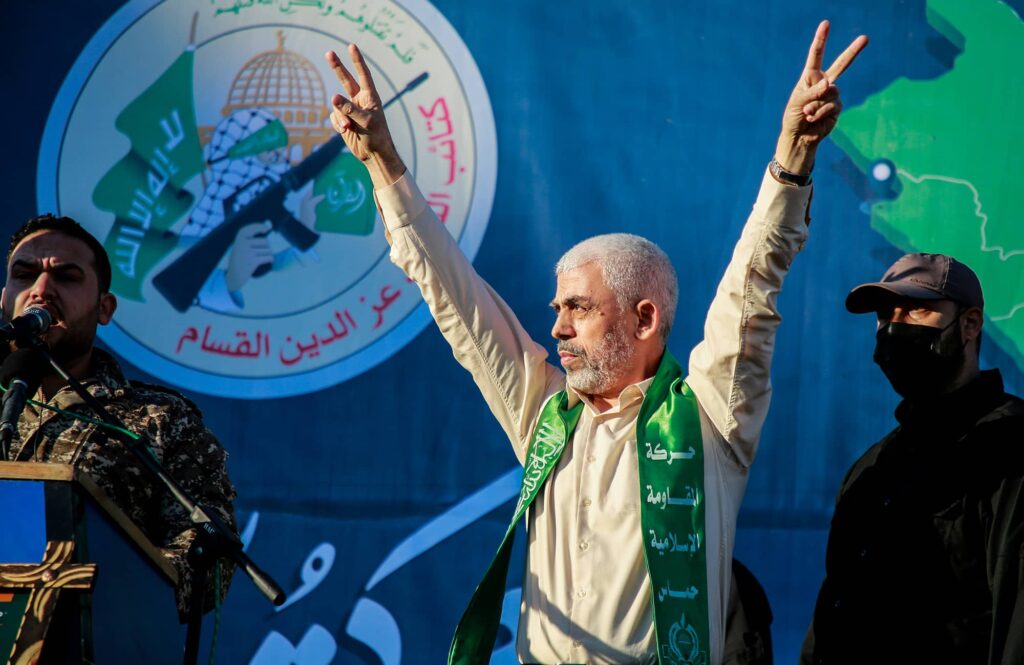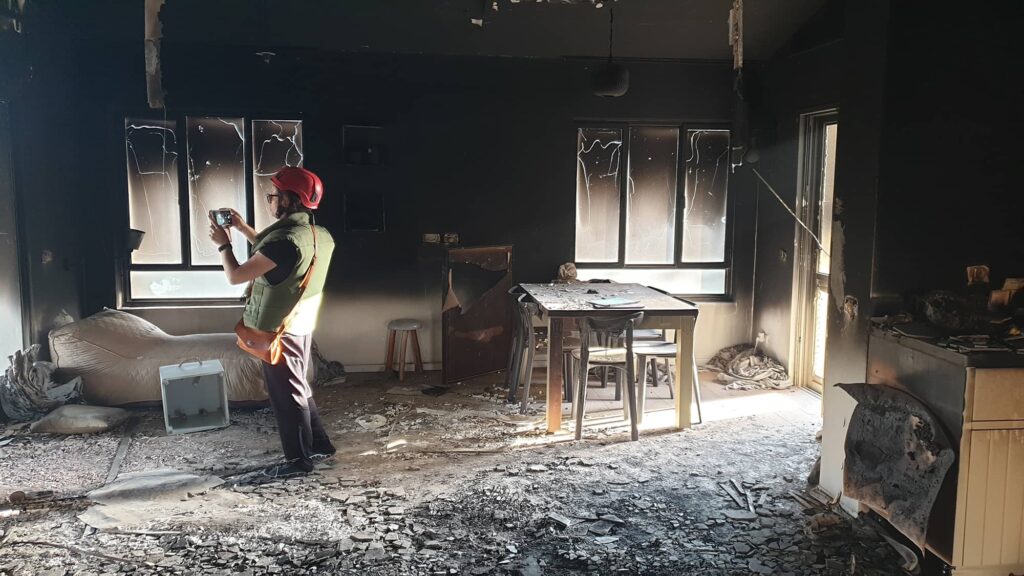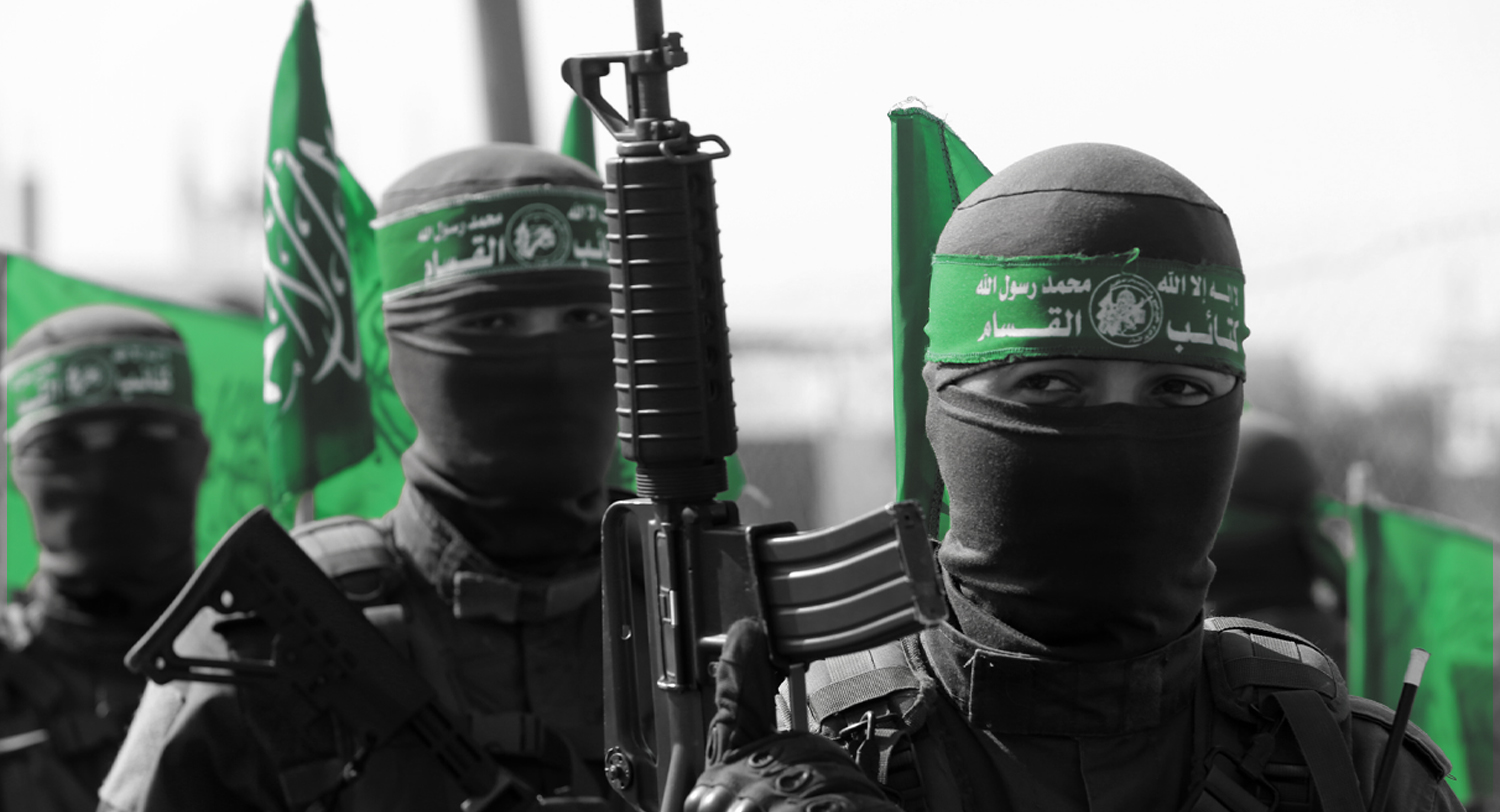As they were marching towards Jerusalem, the knights of the First Crusade lay siege to the city of Antioch in southern Anatolia from October 1097 to June 1098. They were approached there by envoys of the Fatimid dynasty ruling Egypt, who offered the Crusaders a plan to cooperate against the Seljuk state then in possession of Jerusalem, a plan to divide between them territory to be conquered from the Seljuks.
Based on past experience and historical memories, the Fatimids deemed the Crusaders to be mercenaries in the service of the Byzantines, European adventurers motivated primarily by material gain. Thus the Muslim side fundamentally failed to understand “the Other”: the force they now met was driven by faith, and was determined at almost any cost to realize the messianic vision for which they undertook their prolonged and bloody march from Europe to the Levant.
A thousand years later, the roles are reversed. Now it is the West which is stricken by distortions in its perceptions of the Middle East, where key players are driven by ideological fervor, largely religious in nature. Westerners adhere to theories of realpolitik which center on the belief that realities and the very essence of being can be shaped by material means. America’s roles in both Afghanistan and Iraq were undertaken under optimistic assumptions and ended in painful retreats – reflecting the West’s failure to recast consciousness, to create new collective identities, to implant imported political and social patterns, and to bend ideologies through economic leverage. But the Americans are certainly not the only ones with failed perceptions of the Other.
Israel’s 36-year long confrontation with Hamas constitutes a unique test case of the difficulty in reading another culture, generally, and modern Islamism, specifically. It is an experience that exemplifies a number of basic problems: the projection of one’s own logic on “the Other” – and particularly the difficulty for a society in which ideological fervor has declined to understand another in which it is still at full force.
Mistaken Perceptions from the Beginning
The failure to decipher what drives Hamas goes back to well before Hamas was officially founded in December 1987, shortly after the eruption of the First Intifada. Contrary to the common myth, Israel did not set up Hamas as a counterweight to Fatah and the PLO, Israel’s main enemies at the time. For decades prior to that, the Muslim Brotherhood movement had been active in Gaza and the West Bank. Its core activity was a social and spiritual appeal (da’wah). It became the “organization womb” giving birth to Hamas. Israeli thinking at the time assumed that the Brotherhood was less dangerous than other Palestinian groups, since it was focused on moral, faith and social activism, and thus it would be safe to let it be. Only by the mid-1980s did the first alarm bells ring, as religious leaders and charity organizers showed signs of involvement in terror activity as well.
Once established, Hamas has been engaged in a constant dynamic of extending its realm and building up its political and public base. Its domestic goals are taking over the Palestinian system as a whole and posing an alternative – political, social and cultural – to the PLO and its secular nationalist creed. This was to be the way station to the destruction of Israel and the establishment of Shariah-based religious governance in all of historical Palestine. Adherence to this long-term goal enabled the movement to survive multiple low points in which its activities were curtailed, its cadres arrested en masse, its leaders struck down, and heavy losses incurred in confrontations with Israel.

Inside Hamas, there are no clear distinctions between social, military and political activity; ambiguities are deliberately created to blur those distinctions. The questions raised in Israel over three decades and a half: is Hamas a terror organization, a political party or a social movement” Answer: all of the above. Is it more Palestinian or more Islamic? Answer: it is both. Is there a difference between its political and military wings? Answer: this is another myth that the movement seeks to perpetuate.
Hamas’ win in the 2006 parliamentary elections, and its violent takeover in Gaza in 2007, were seen by many in Israel as stepping stones towards an “evolution” of the movement which would force it, in a deterministic manner, to follow the trajectory of the PLO – i.e. “soften up ” in both ideological and practical terms, when faced with governing. Israelis falsely assumed that radical and revolutionary elements, in coming to power, would find themselves facing unfamiliar constraints forcing them to moderate their stances.
But, as modern history taught us, extremist ideological elements who take power – by force or through the ballot box – usually move in the opposite direction: they gain more resources which enable them to set in motion more violent action than ever, aimed at realizing their vision. Nazi Germany, the Islamic Republic of Iran and the Islamic State in Iraq and the Levant (ISIL) all followed this path. Being in government does require them to provide public services and the daily needs of people – but it also enables them to amass and develop weapons, use service provision as a means to extract loyalty, and shape the orientation of the societies they control and mobilize them for the struggles they conduct.
Thus, for the last 16 years Israelis came to describe an intense divide within Hamas between the polarized aspects of “resistance” (muqawwamah) on one hand and governance on the other, along with the claim that the movement assigns growing priority to the demands of the latter due to its new duties as a sovereign, and particularly the need to take care of the heavily burdened and needy Gazan population. In fact, during this past decade and a half Hamas deliberately avoided any such choice, and handled both poles with equal attention: managing the sewage in Gaza while also investing in a military buildup and preparation for a doomsday war with Israel.
Since the round of fighting between Israel and Hamas in May 2021, Israel conducted a strategic experiment in Gaza. At its core was an attempt to improve the conditions of life there, mainly through the promotion of civilian projects, allowing for the flow of money into Gaza and more Gazans to work in Israel. All this was driven by the basic assumption that these were means to prevent escalation and create for Hamas a disincentive for war. Public pressure would restrain the movement’s’ hand in the case of deterioration with Israel, and the steady rise in the quality of life would over time lead to the transformation of Gaza’s rulers, bending their ideological will and weakening their position in the Palestinian balance of power.
In hindsight, it was plain to see warning signs that should have alerted Israel to its fundamentally false conceptual framework. Hamas actively promoted terror and incitement in the West Bank and East Jerusalem, allowed Palestinian Islamic Jihad to conduct rounds of violence against Israel from the Gaza Strip, and utilized the work of day laborers in Israel and the passage of goods to pursue its military goals, such as intelligence collection and arms smuggling. Yet when sharp contradictions emerged between Israeli groupthink and the actual behavior of Hamas, explanations were forthcoming. Prominent among these was the claim that Yahya Sinwar, the Hamas leader in Gaza, had become “messianic” or pathological and had lost his sense of reality.

The October 7 Assault
The assault on October 7 proved to be the most extreme and tragic expression of Israel’s difficulty to decipher Hamas. While everyone agreed that Hamas was an enemy preparing itself for a future war with Israel, it was also agreed that Hamas had no current intention of launching a war. It was defined as deterred and focused upon improving governance and quality of life in Gaza. Insofar as there was any discussion of its offensive options, what was envisioned was usually a limited military action. A combined assault by 3,000 men on all neighboring communities and the temporary conquest of some of them were way beyond any imagined IDF military intelligence scenario.
The groupthink that held until that fateful morning was the product of dialogue among policymakers and politicians in both the government and opposition, and the security establishment. Hamas contributed its own part by a prolonged and deliberate strategic deception – aimed at confirming that it was deterred and turned inwards. And thus, while Israeli decision-makers focused during these last two and a half years on promoting civilian advancement for Gaza, Hamas leaders were busy at the very same time planning the most painful attack ever launched by the Palestinians against Israel.
Remnants of the old groupthink still surface in the ongoing public discussion in Israel of Hamas’ “motivations” and “goals” on October 7. The analysts and pundits still fail to understand that for Hamas, the duty of Jihad is paramount. Hamas’ purpose is to undermine the foundations of Israeli existence, paving the way for the latter’s utter elimination. This way of thinking has no use for “scenarios” or an “exit strategy.” Sinwar has been working on this plan for a decade. He knew full well the heavy price that it would exact from the Palestinians. This attack was his life’s mission, not a step taken for security or political reasons such as the wish to derail Israeli-Saudi normalization or to improve living conditions in Gaza.
Stop the Groupthink
Sinwar may indeed have a messianic streak and live in the timeframe of al-Akhirah, the end of days – based on the sober assessment that at any moment he and those close to him may be killed. And yet, the accusation of being cut off from reality applies even more to those who studied him, and yet could not figure out his intentions. Instead of cracking open the enemy’s logic, and carefully reading its value system which reflects a different model of rationality, many of the analysts and pundits were projecting their own logic upon Sinwar, effectively playing chess with themselves.
This failure also reflects some structural problems of Israeli society, where fewer and fewer people – even among those in government, academe, media, and even security and intelligence – have command of the region’s languages, fully understand its culture or know its history. Among other reasons, this is the result of a steady decline in the study of the humanities and social sciences and of the reverence, within the defense establishment and elsewhere, of the information and cyber revolution, the ease of Google translate, AI and Big Data. These are seen as tools that can absolve an analyst from the need to know Arabic – and yet seemingly enable her or him to accurately assess what will transpire in a region driven by very different cultural imperatives.
The security and intelligence communities have indeed long been captured by the allure of technological capabilities which seemingly assure Israel of superiority over its enemies. It is already becoming clear that many of the early warning signs of what was about to happen on October 7 came from relatively simple collection devices – tactical signals intelligence, direct observation, even open source material. Over all of this loomed a severe gap in humint – human intelligence, sources within Hamas – who could have offered crucial details as well as warned against enemy deceptions. Israelis at all levels today – particularly in the intelligence community – know much more now than they did in the past, but understand much less.
Once the war is over it will not be enough to investigate the policymakers, reorganize the intelligence bodies and enhance their internal controls, and expand the IDF and improve its fighting capabilities. There must also be a national soul-searching, posing as a challenge to ourselves the question of whether as a society we truly understand our regional environment, both in terms of fighting our enemies and of building up relations with our partners. In this respect, we must discard the infatuation with technology, and return to traditional skills such as command of the language, knowledge of history and appreciation for the culture of “the Other,” and, to the degree possible, engagement with our neighbors.

